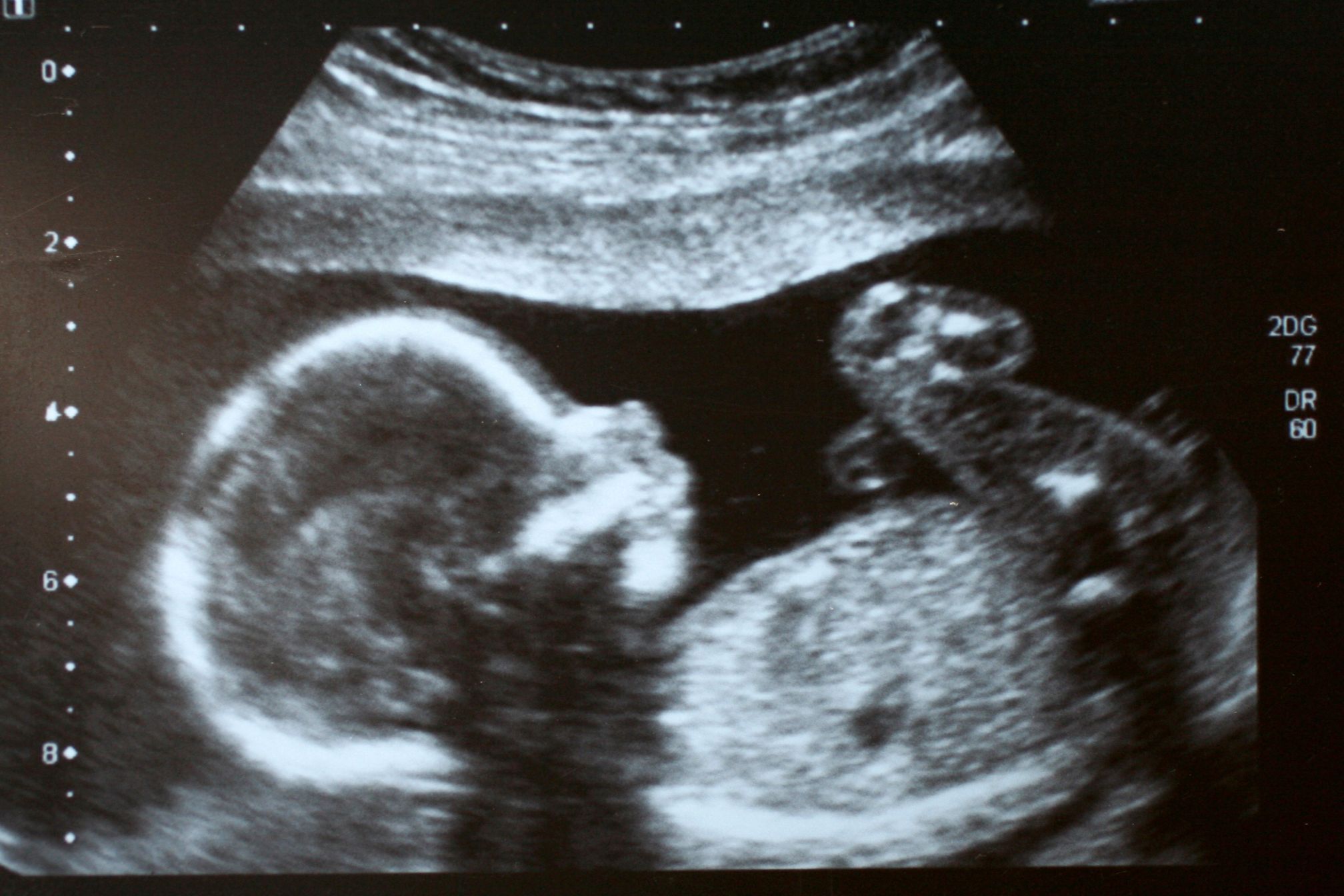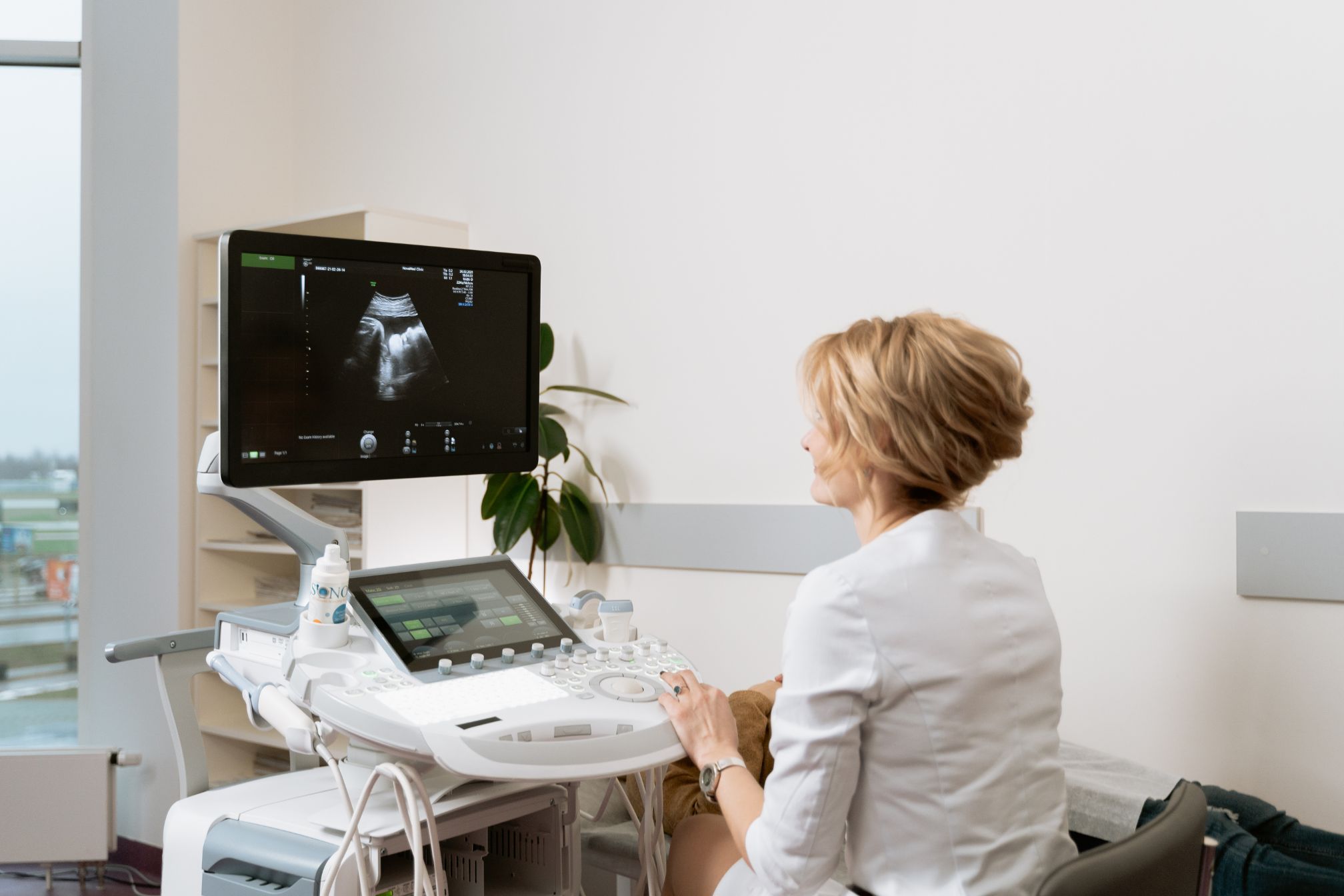Summary
Thyroid nodules are common and often benign. However, some nodules can be malignant and require treatment. The decision of whether or not to treat a thyroid nodule is based on several factors, including the size, location, and ultrasound features of the nodule, as well as the patient’s age, medical history, and family history.
Fine-needle aspiration biopsy (FNAB) is a minimally invasive procedure that can be used to obtain a sample of cells from a thyroid nodule. The sample is then examined under a microscope to determine whether the nodule is benign or malignant. FNAB is a reliable test, but it is not always foolproof.
The Bethesda System for Reporting Thyroid Cytopathology (TBSRTC) is used to classify FNAB results. Nodules are typically managed based on their TBSRTC classification. Benign nodules are typically managed with observation, while nodules that are classified as suspicious for malignancy may need to be surgically removed.






